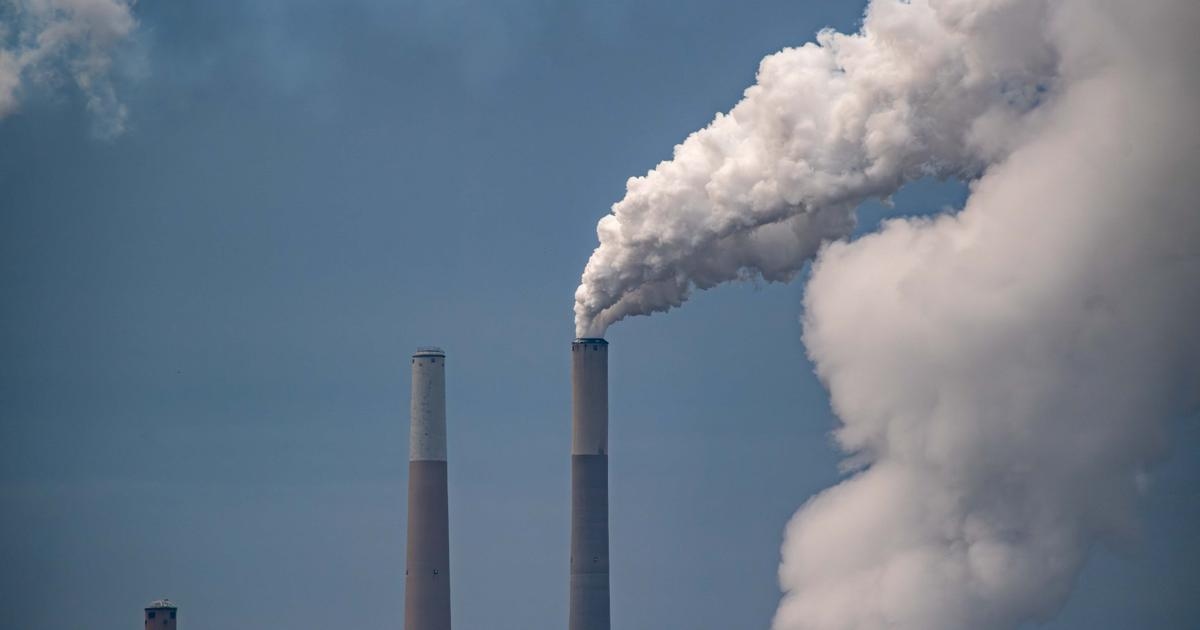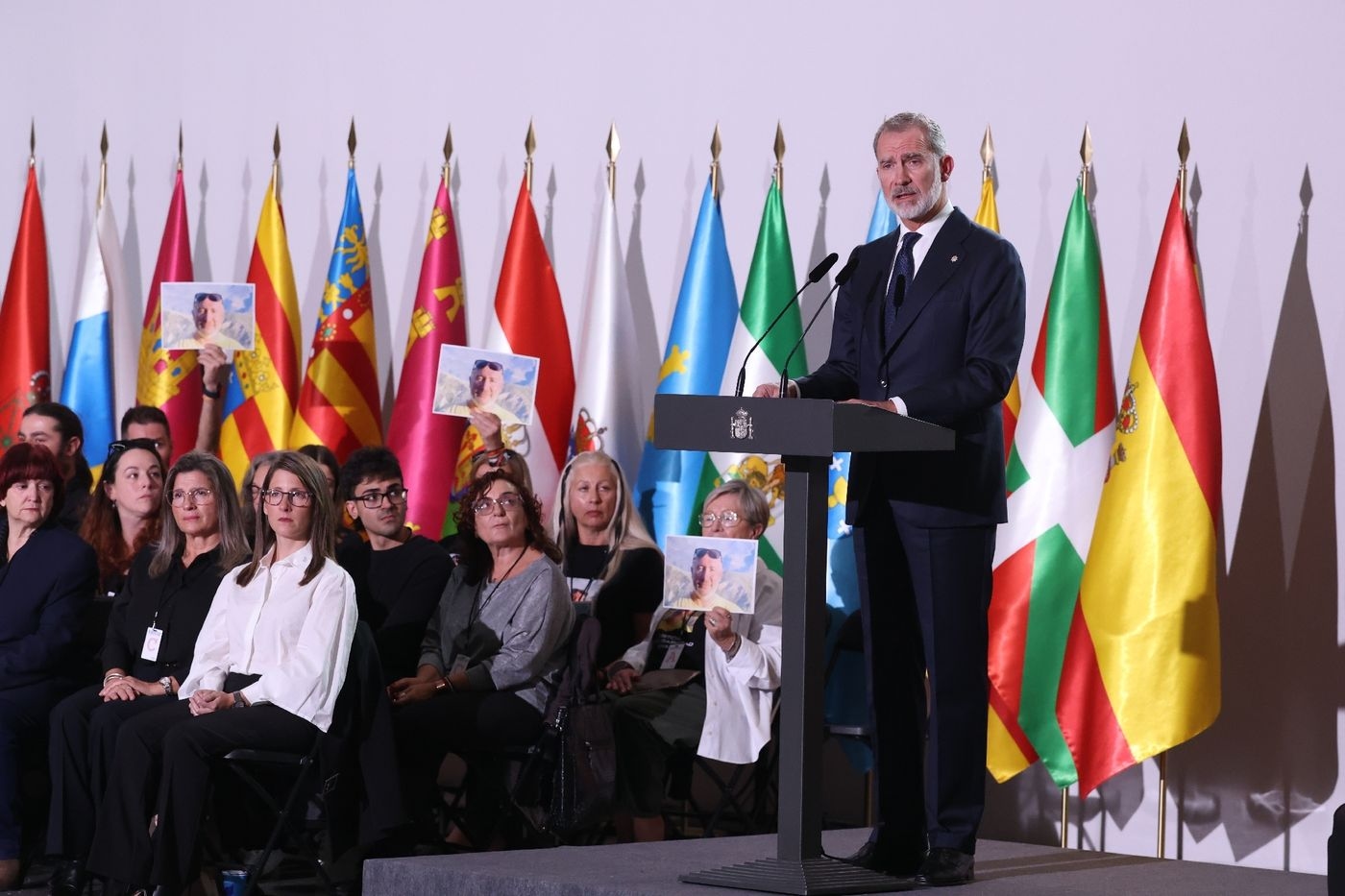The roadmaps put forward by states to reduce their emissions lack ambition.

In its report published on October 28, ahead of COP30, the UN assesses the plans put forward by states to limit global warming. While the direction is right, progress is still too slow to reach the goal set by the Paris Agreement. And not all countries have yet submitted their plans.
“Climate plans from dozens of countries fall far short of what is needed to address the worst effects of climate change, as one analysis shows,” begins The Guardian. With two weeks to go before the opening of the 30th Conference of the Parties on Climate Change (COP30), to be held in Belém, Brazil, barely 64 countries have officially submitted their new roadmap to reduce their greenhouse gas (GHG) emissions in the coming years.
The assessment made by the UN climate in its annual synthesis report, published on October 28, shows that all these plans will allow a 10% reduction in emissions by 2035 compared to 2019. This is one-sixth of the reduction needed to limit global warming to 1.5°C compared to the pre-industrial era, as planned by the Paris Agreement, signed ten years ago.
This treaty stipulates that, every five years, signatory parties publish their voluntary emission reduction commitments, known as “Nationally Determined Contributions” (NDCs), to limit anthropogenic warming . The year 2025 marks the second round of NDCs since the agreement was signed. These are intended to be more ambitious than the previous ones.
Courrier International



